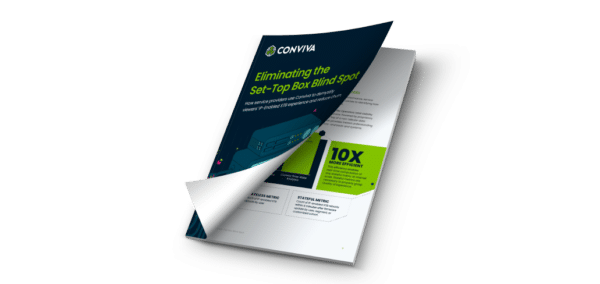
Conviva today released its 2014 Viewer Experience Report, detailing the state of online video streaming performance across multiple devices. The report is based on global data from45 billion video streams, seen across more than 1.6 billion individual devices and on more than 400 premium media video players, analysed throughout 2013.
Among the key findings include how, despite “modest” improvements in the quality of performance of streaming video, viewer expectations continue to increase at a much faster pace. In the past two years, the amount of time lost from a viewing session with a 1% buffering increase, grew from three to eight minutes, showing that viewers were much more tolerant of video playback problems just two years ago than they are today.
In 2013, based on Conviva data:
Video buffering decreased from 39.3% to 26.9%
Low-resolution delivery improved from 63% to 43.3%
More than two in five views were grossly inferior video quality
Video start failures increased to one in twenty times
Furthermore, according to Conviva’s metrics, viewing time for live action television plummets from over 40 minutes in HD to just one minute if the viewer encounters buffering. High definition delivery for sports and entertainment is a critical component for success; viewers watch over two and a half times as long in high definition than in standard definition.
“The demand for high quality and minimal buffering across devices has clearly been demonstrated by viewers,” states Hui Zhang, CEO and co-founder of Conviva. “Our job, and that of our industry, is to ensure we improve performance at a rate that offers satisfaction rather than frustration. Conviva’s Video Experience Report offers insight for companies to identify where they need to improve.”
Conviva data also shows that connected devices are starting to reshape the experience of television during what has traditionally been family viewing time. A study of streaming households (measured by distinct IP address) shows that the number of concurrent streaming devices has increased by 28% year-over-year. This fragmentation of the viewing audience is a clear indicator that the old measurement of “television households” needs to change and new metrics for today’s TV viewing need to be adopted.







